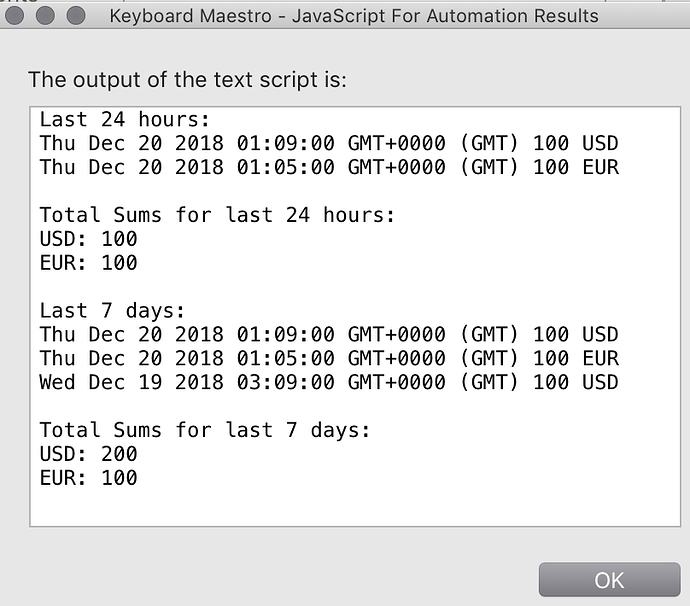
- WHEN IS A REGULAR EXPRESSION NOT A REGULAR EXPRESSION HOW TO
- WHEN IS A REGULAR EXPRESSION NOT A REGULAR EXPRESSION VERIFICATION
When creating regular expressions for use in XWF (or anywhere for that matter), break down the information you are trying to find into smaller chunks.
WHEN IS A REGULAR EXPRESSION NOT A REGULAR EXPRESSION HOW TO
This is invaluable when learning how to build both simple and complex regular expressions.
WHEN IS A REGULAR EXPRESSION NOT A REGULAR EXPRESSION VERIFICATION
You can convert properties to regular expressions and numeric ranges from within the Verification Point Editor or the object map. Values in startIndex indicate the index of the first character of. The pattern allows for more flexibility in the object recognition. t must be the last character, with no characters between the bracketed pattern and the t. Literals, which are the characters for which you are searching. You specify a regular expression by means of the following types of characters: Metacharacters, which are operators that specify search algorithms. Fortunately the grouping and alternation facilities provided by the regex engine are very capable, but when all else fails we can just perform a second match using a separate regular expression supported by the tool or native language of your choice. Regular expressions enable you to search for patterns in string data by using standardized syntax conventions. RegexBuddy allows you to test a regular expression against a set of data, so you can see, in real time, what your regex matches as you adjust your regex. You can replace a recognition property with a regular expression or a numeric range to allow for a pattern-based recognition. When attempting to build a logical or operation using regular expressions, we have a few approaches to follow. Ī very good program to help you create and test various regex patterns is RegexBuddy, found at. If you are looking for more information on regex, an excellent resource for all things regular expressions can be found at. The language L( r) denoted by any regular expression r is defined by the following rules: ∅ is a regular expression denoting the empty set Λ is a regular expression denoting would match abab or ababab, but not ab or ab ab. The next definition describes the languages that can be represented by regular expressions. If r 1 and r 2 are regular expressions, so are r 1 + r 2, r 1 Ī string is a regular expression if and only if it can be derived from the primitive regular expressions by a finite number of applications of the rules in step 2.

∅, Λ, and a ∈ Σ are all (primitive) regular expressions.

We construct regular expressions by applying the following rules: 1.


 0 kommentar(er)
0 kommentar(er)
